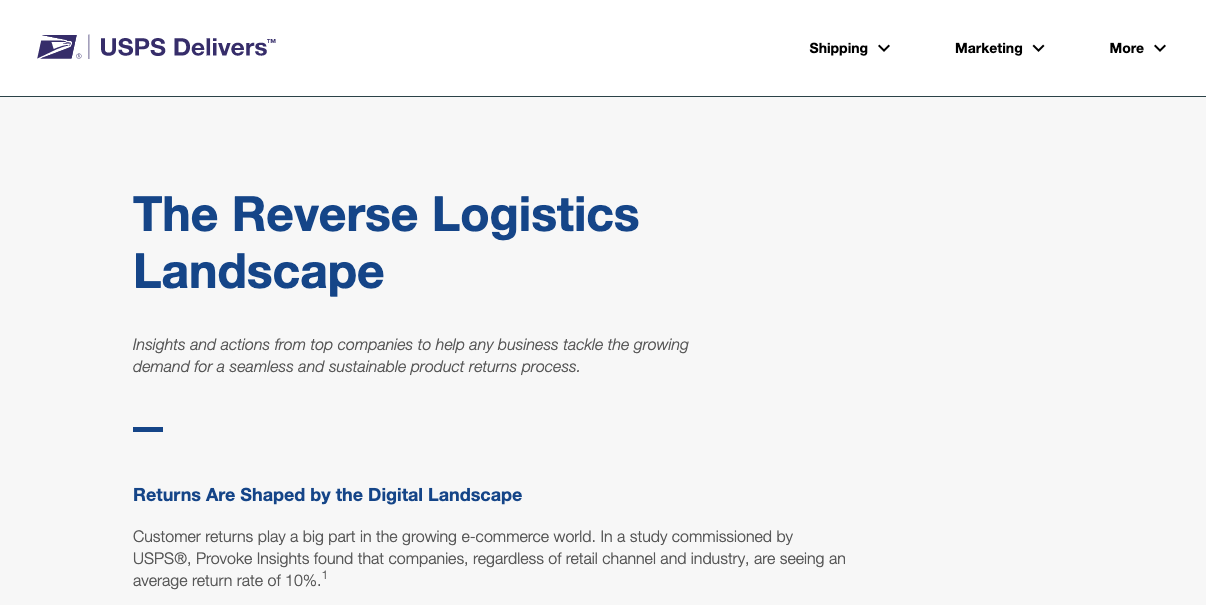So, you brought a new idea to the market. You have even gotten it funded. However, long term success is determined by finding the correct audience, identifying the right unique selling point, and understanding your purchase funnel. Research is a crucial way to make sure that your marketing dollars are spent correctly (and not wasted). Market research (at its best) is directly related to your marketing strategy.
There are multiple steps in the research process that are important to take to make sure research is strategy-based. It’s not just your research methods, as any research could be used to inform marketing but it’s the overall approach to your research that will make sure that your marketing dollars don’t go to waste.
The Market & The Consumer
When launching a new project, there are two areas to consider: Where should you launch your product? And who are your customers?
So how do we answer these questions? Before commissioning any expensive primary research, it may be best to analyze secondary research (information that is already out there). For example, in a recent blog, we detailed the power of census data. You can learn a lot from existing studies!
Second, survey research gives an in-depth look into consumer insights. Surveys should be designed around a topic and with a clear strategic goal as a result. In other words, a company looking to design an ad strategy can use survey data to find out which media their target customers use, and advertise through those channels.
Third, qualitative research (e.g. focus groups, in-depth interviews) bring your consumers and data to life. In this type of research, you see people’s expressions and hear the consumer’s tone of voice. It also allows you to probe deeper into questions your company might have about consumer behavior.
Having a Clear Process so it Doesn’t go to Waste
Before even getting into the research, it’s very important to map out a timeline and the process of your research and stick to it. Marketing strategy depends on clarity, and having a step by step plan to accomplish the research is the first step to a direct conclusion (without any waste).
Setting out time for each step, and understanding what each step in your research process is are key to obtaining results that help inform your strategy.
Having Clear Objectives: Spending your Marketing Dollars
One of the most important steps in this process is to map out what you are looking for. What are the objectives of the research? What will you do with the research? Make sure you are not researching for the sake of researching, research for a purpose. For example, if your research is too broad, you will end up just reporting facts without any actionable strategy points.
Conclusion
Clear objectives, clear processes, clear distinctions, lead to actionable strategy! It’s important to have clarity when conducting your research in order to have actionable results. You don’t want to muddy the research, or else you will not have actionable results that will ensure an efficient marketing strategy.
Want to read more from Provoke Insights, find some more blog posts linked below:
- 2020 Trends: Advertising & Marketing Industry
- The Power of Census Data
- A New Way to Test Significant Differences
- Fin-Tech: How to reinvigorate your brand in a sea of sameness
- Research Norms: What are they and what they can tell you
- How Black Friday Can Hurt Your Brand
Read this excerpt for a blog from our series on Generation Alpha!
“Knowing your audience and prospects is a key way to improve your profitability! As a result, different generations have different behaviors, attitudes, and preferences. Thus, understanding the generation gaps will help you understand the needs of your customers. Generations give marketing strategists an easy way to target and focus their methods.
Baby Boomers do not want to see texting acronyms; they are swayed by clear video, they care about their in-store experiences, and they like to compare prices. On the other hand, Millennials want to care about the product they’re buying, and want to have a positive impact on their community. In addition, Generation Z (those born after Millennials and before 2010) is most influenced by social media, as that’s where they receive most of their news.
There is a new generation on the block! Brands need to know how this audience differs from their current audiences. Provoke Insights will be releasing a three-part blog series to help marketers understand the newest generation, to reinvigorate interest. Generation Alpha, the children of Millennials, are making waves recently in the news. Coupled with their Millennial parents, a marketing buzz has started to precipitate around the arrival of these youngsters. But how do they differ from their parents? In other words, what differences will there be in marketing to Generation Alpha versus marketing to Millennials?”
Sign up for our newsletters here!
Follow our social media accounts:
Twitter: https://twitter.com/provokeinsights
Facebook: https://www.facebook.com/provokeinsights/
LinkedIn: https://www.linkedin.com/company/provoke-insights













